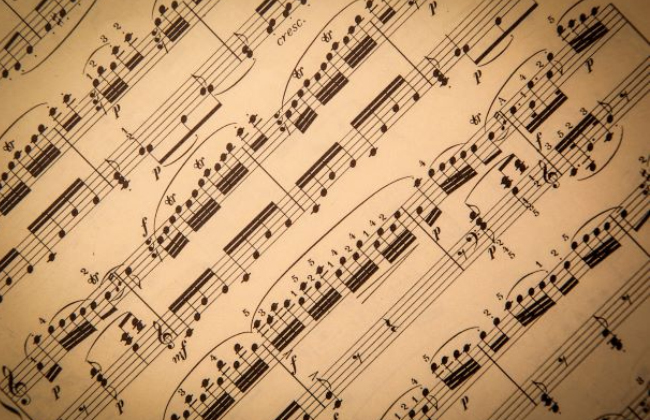Music is a universal language that has the power to move us in ways that words alone cannot. Whether you are a musician or simply a music lover, understanding the basics of music theory can deepen your appreciation of the art form and enhance your ability to communicate musically. In this beginner’s guide, we will cover the fundamental concepts of music theory in a concise and accessible manner.
Pitch and Frequency
Pitch is the perceived highness or lowness of a sound. It is determined by the frequency of the sound waves, measured in Hertz (Hz). The higher the frequency, the higher the pitch. For example, the A above middle C on a piano has a frequency of 440 Hz, while the C one octave below middle C has a frequency of 261.6 Hz.
Intervals
An interval is the distance between two pitches. The most common intervals are the half step (the distance between adjacent keys on a piano) and the whole step (two half steps). Intervals can also be measured by their number of half steps. For example, the interval between C and D is a whole step (two half steps), while the interval between C and E is a major third (four half steps).
Scales
A scale is a series of pitches arranged in ascending or descending order. The most common scale in Western music is the major scale, which consists of seven pitches arranged in a specific pattern of whole and half steps. The C major scale, for example, is C-D-E-F-G-A-B-C. Other common scales include the minor scale, the pentatonic scale, and the blues scale.
Chords
A chord is a group of two or more pitches played simultaneously. Chords can be major, minor, diminished, or augmented, depending on the specific intervals between the pitches. For example, a C major chord consists of the pitches C, E, and G played together, while a C minor chord consists of the pitches C, E-flat, and G played together.
Harmony
Harmony refers to the combination of chords in a musical piece. Harmony can create a sense of tension and release, and can greatly affect the emotional impact of a piece. In Western music, the most common harmonic progression is the I-IV-V progression, which uses the first, fourth, and fifth chords of a major scale.
Rhythm
Rhythm is the organization of time in music. It is created by the duration of individual notes and the spacing between them. The most common rhythmic patterns in Western music are based on groups of two, three, or four beats. For example, a waltz is based on a rhythmic pattern of three beats per measure.
Meter
Meter refers to the organization of beats into regular groupings called measures. Each measure contains a specific number of beats, typically two, three, or four. The time signature at the beginning of a musical piece indicates the meter, with the top number indicating the number of beats per measure and the bottom number indicating the type of note that receives one beat.
Tempo
Tempo refers to the speed at which a piece of music is performed. It is typically indicated at the beginning of a piece with a tempo marking, such as allegro (fast), andante (moderate), or adagio (slow). Tempo can greatly affect the emotional impact of a piece, with faster tempos often conveying a sense of energy and excitement, while slower tempos can be more contemplative and introspective.
Dynamics
Dynamics refer to the volume of a musical piece. They can range from very soft (pianissimo) to very loud (fortissimo), and can greatly affect the emotional impact of a piece.
![]()





